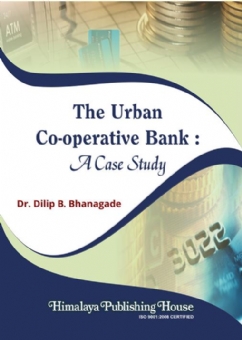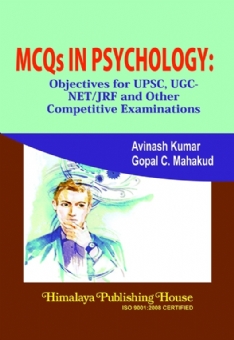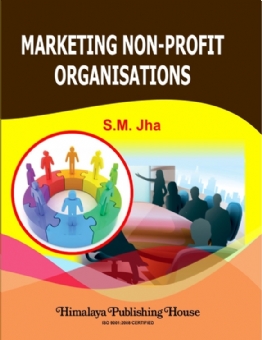Python is a widely used high-level programming language used for general-purpose programming, created by Guido van Rossum and first released in 1991. Python has a design philosophy which emphasizes code readability (notably using whitespace indentation to delimit code blocks rather than curly braces or keywords), and a syntax which allows programmers to express concepts in fewer lines of code than possible in languages such as C++ or Java.
Python is an interpreted, object-oriented, high-level programming language with dynamic semantics. Its high-level built-in data structures, combined with dynamic typing and dynamic binding, make it very attractive for Rapid Application Development, as well as for use as a scripting or glue language to connect existing components together.
Python supports modules and packages, which encourages program modularity and code reuse. The Python interpreter and the extensive standard library are available in source or binary form without charge for all major platforms, and can be freely distributed.
I recommend this book as a Programmer’s point of view. This book teaches Advance Python starting with the file handling, Exception handling with Regular Expression and GUI Programming along with Database Connectivity with MySQL and Sqlite3 and Networking.
This book offers you a comprehensive learning tool for Python. It covers almost everything you need to know about programming in Python: Types and Operations, Statements and Syntax, Functions and Iterators, Generators, Modules and Packages, Databases and much more.
Here, in this book, the concept of each topic is followed by the theoretical explanation, all practical questions of Python programming with MCQ (Multiple Choice questions) according to university pattern are provided at the end of this book, and along with those steps of program execution is provided. Efforts have been made to make the text easy to read and understand.
Contents –
Unit – I
1. Python File Input-Output
2. Exception Handling
3. Regular Expression
Unit – II
4. GUI Programming in Python
Unit – III 5. Database Connectivity in Python
6. Network connectivity
Final Python Practicals
Python Programming MCQs
Model Questions






